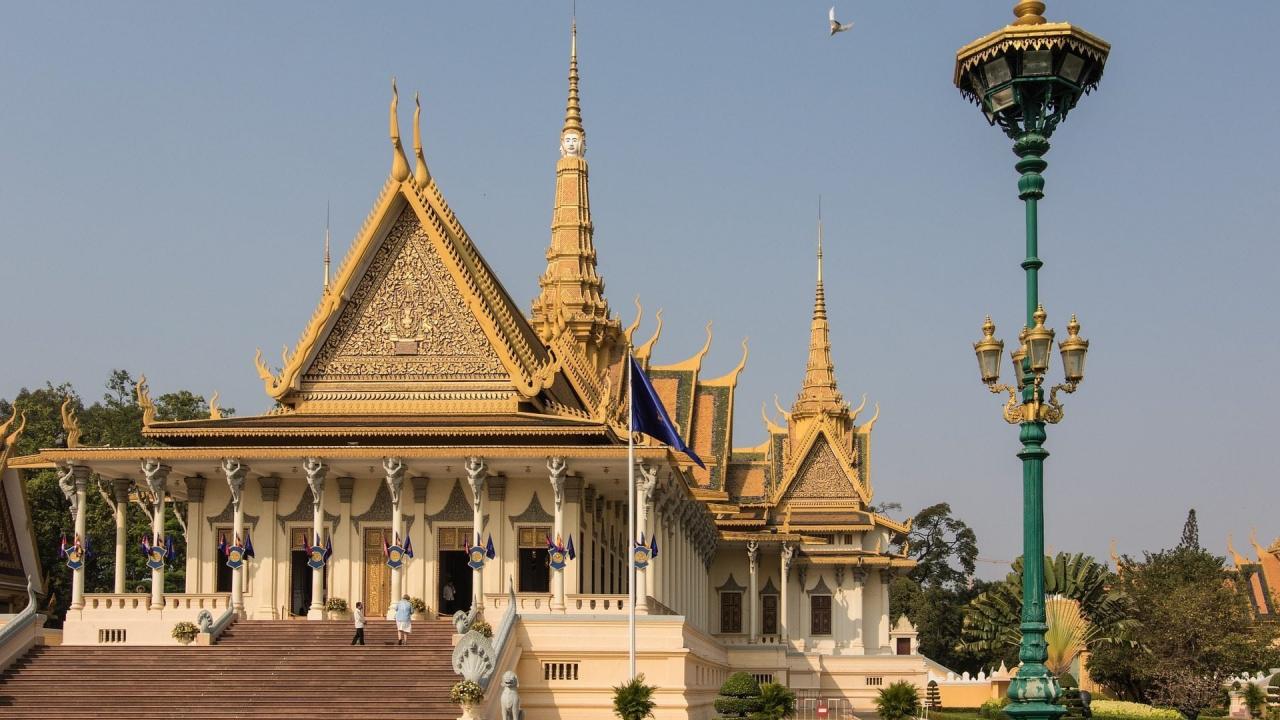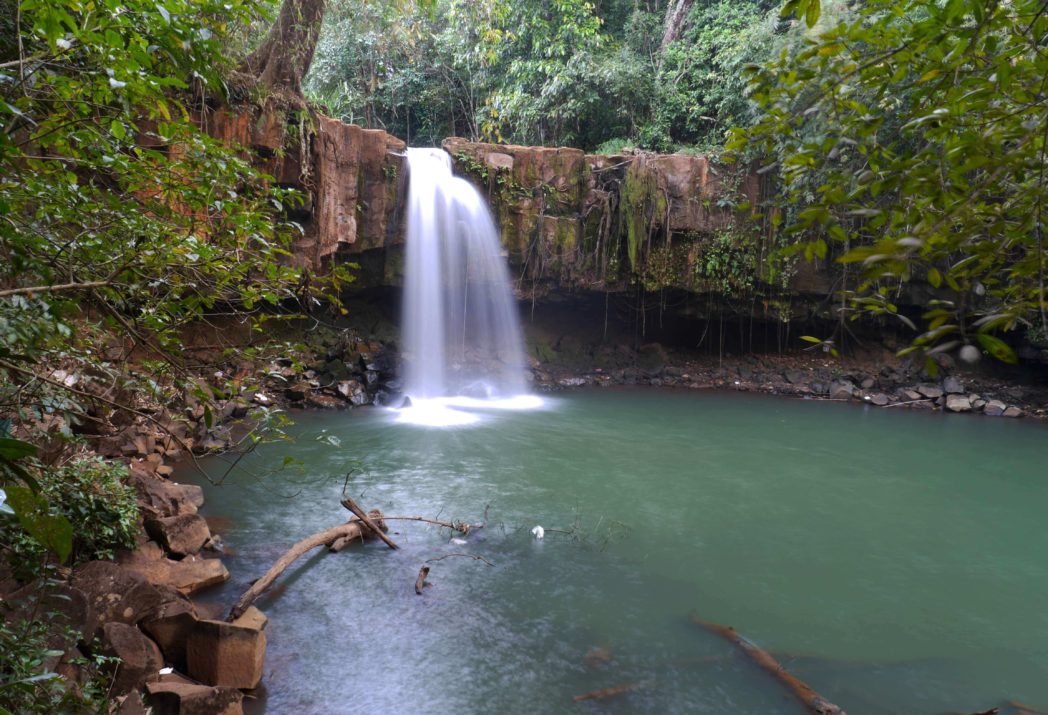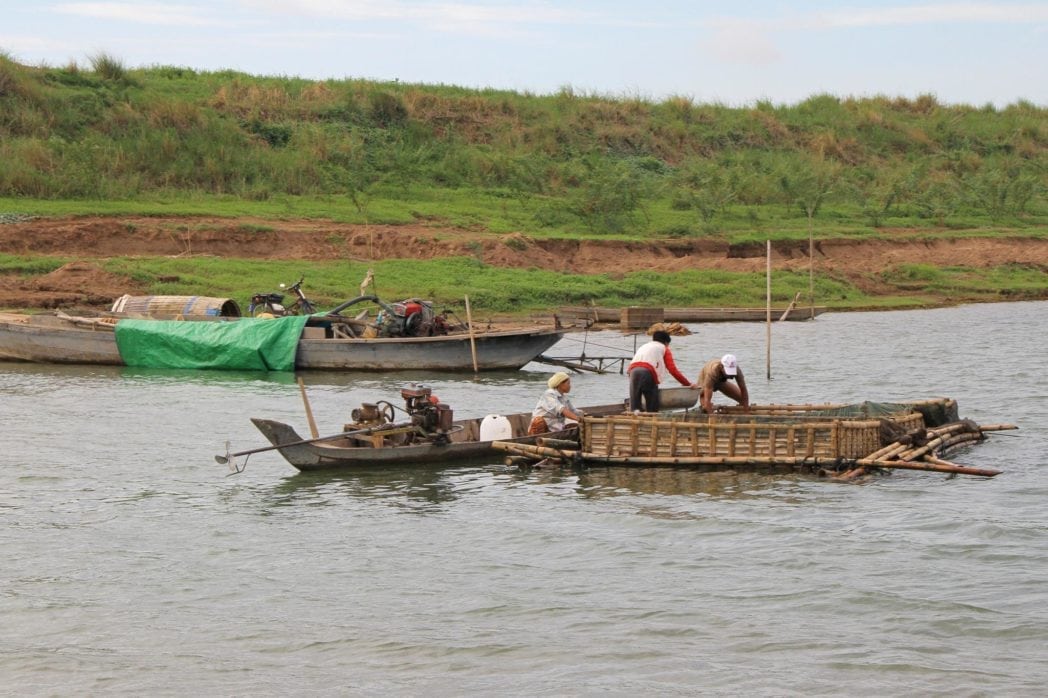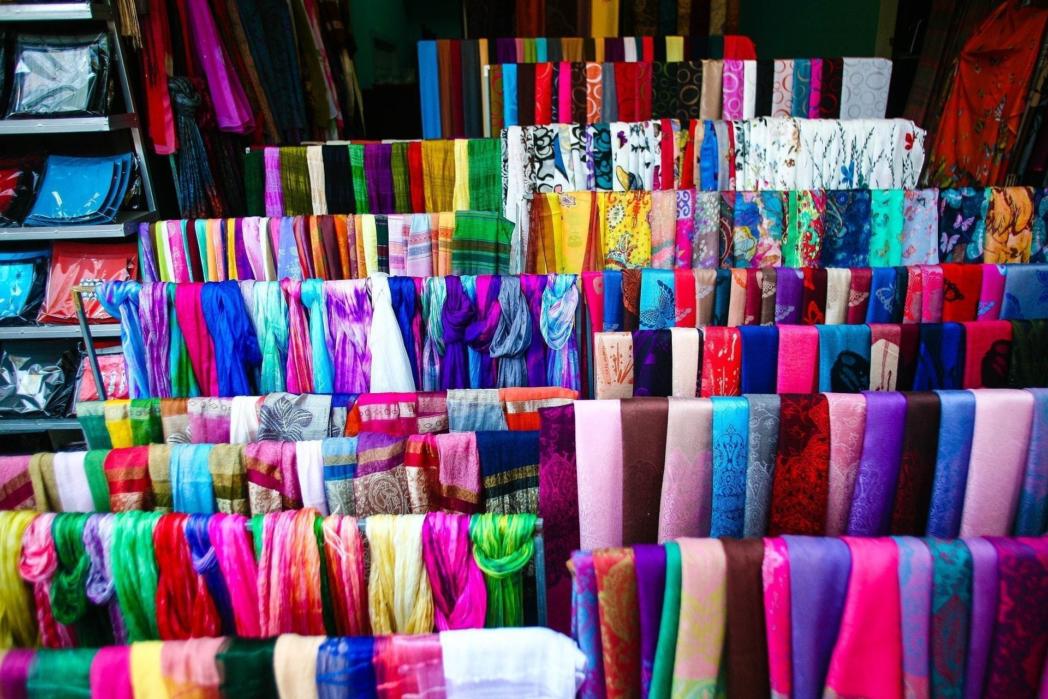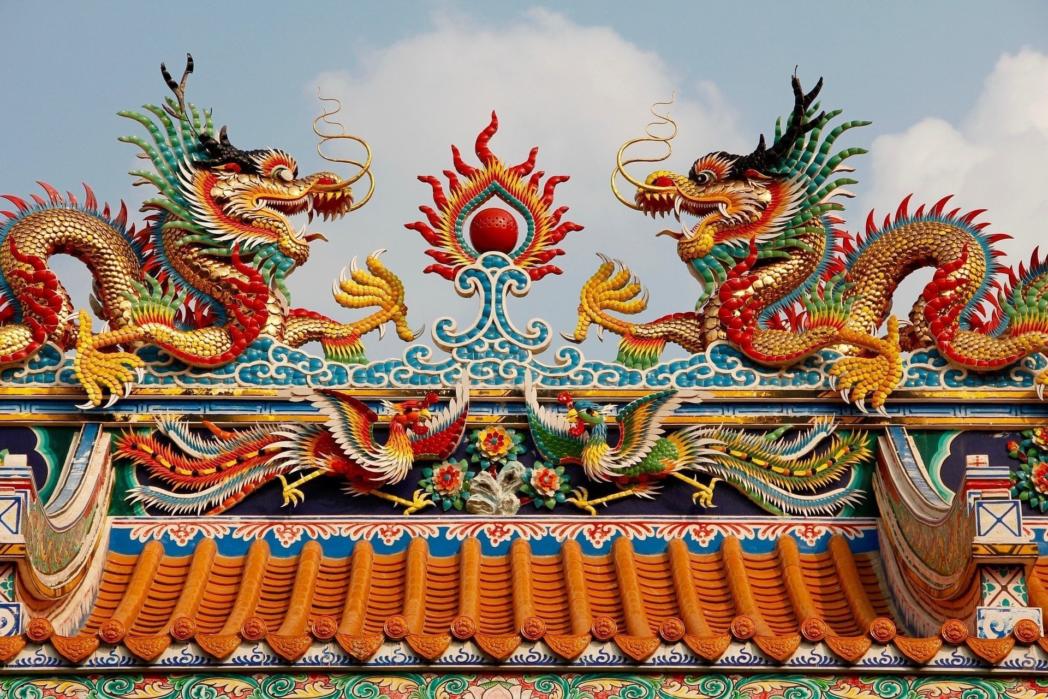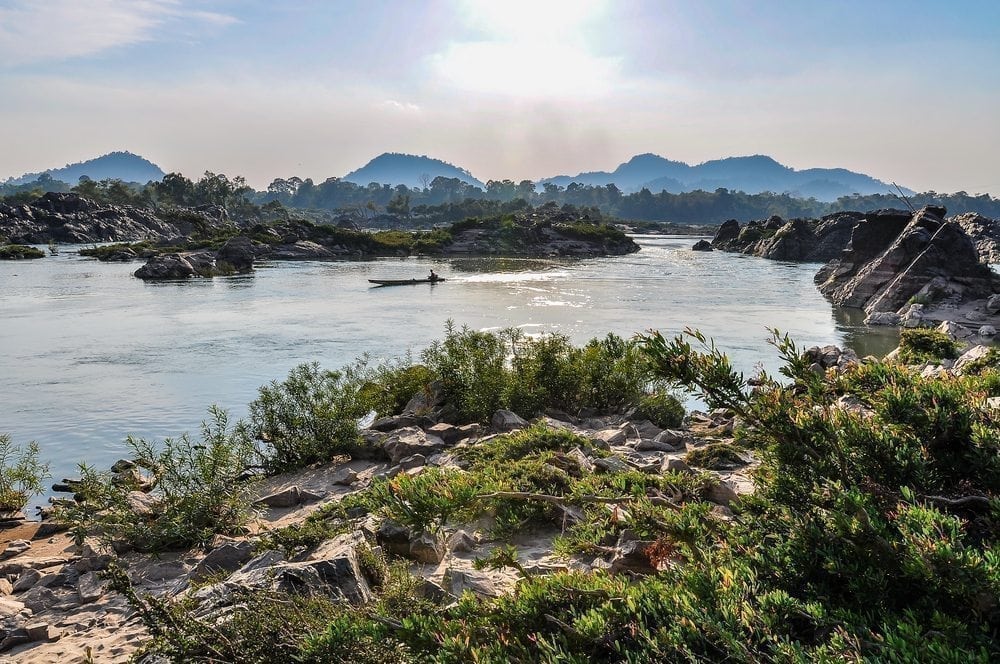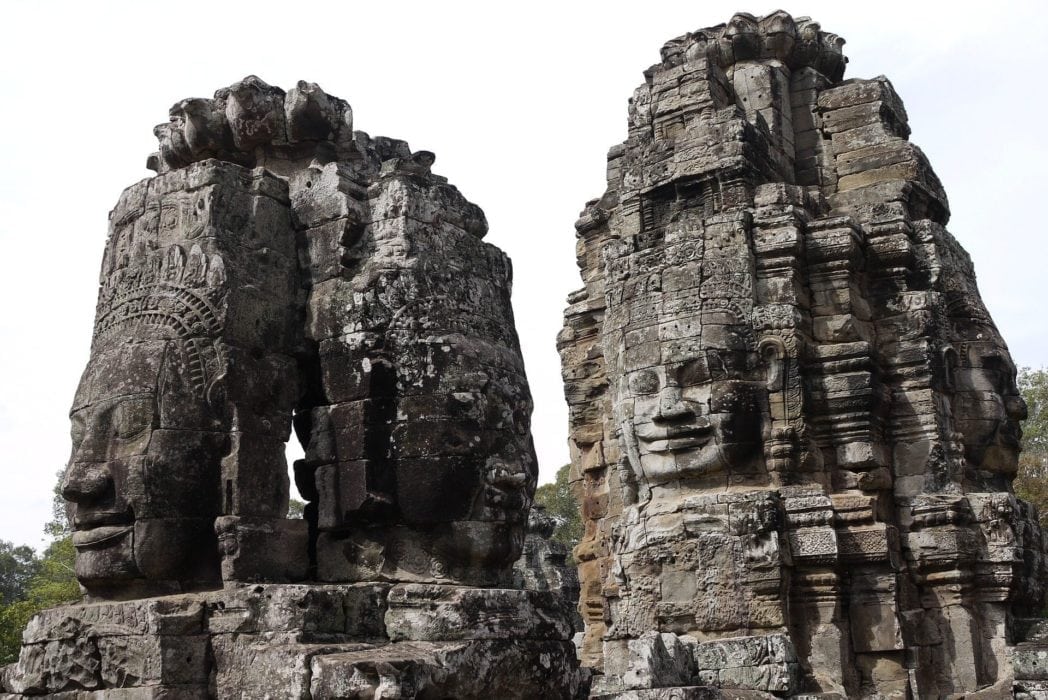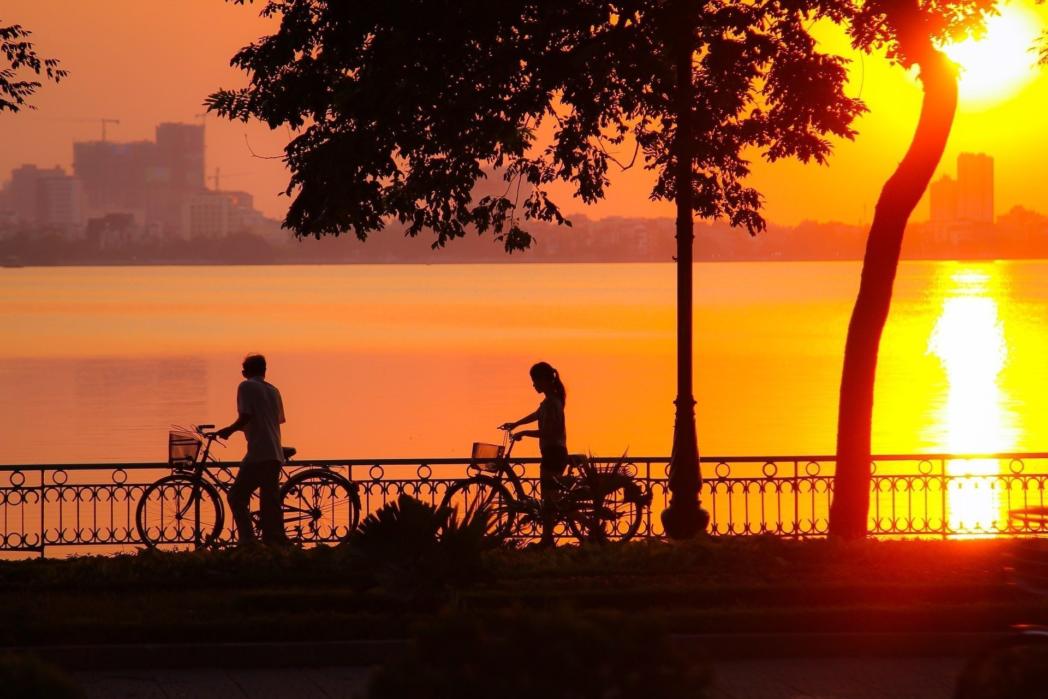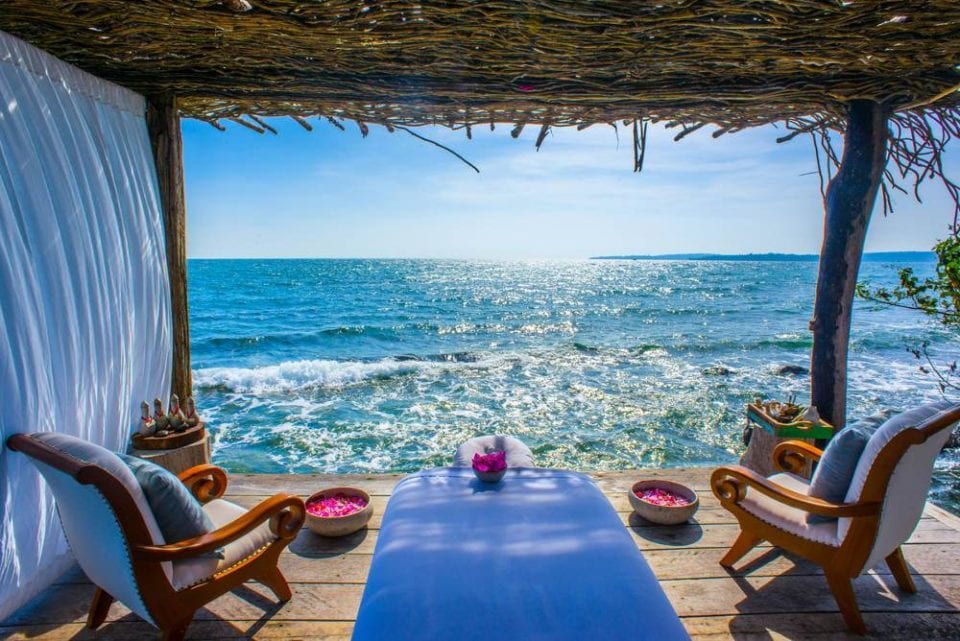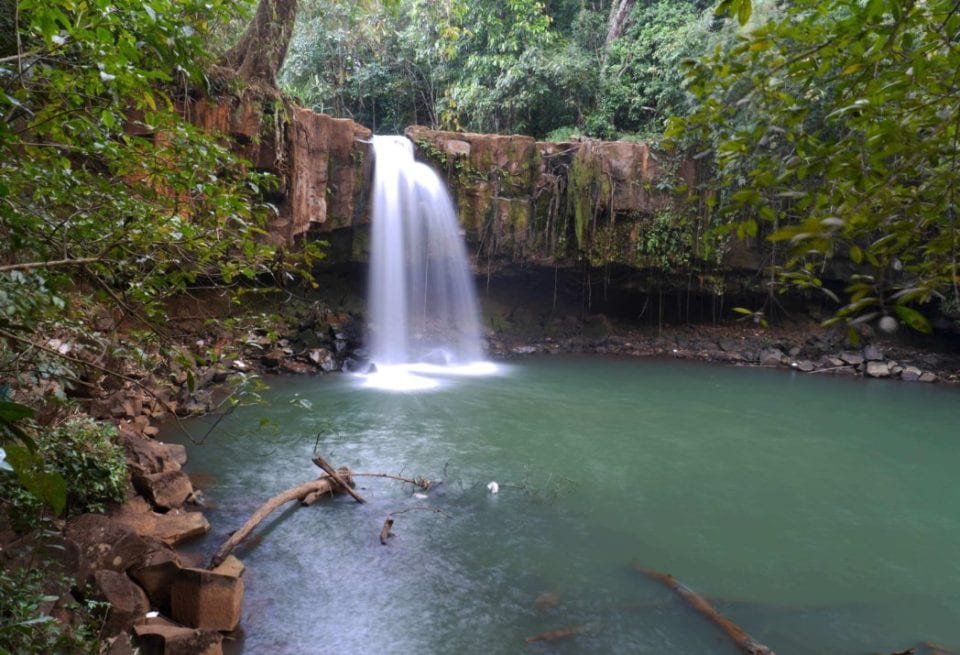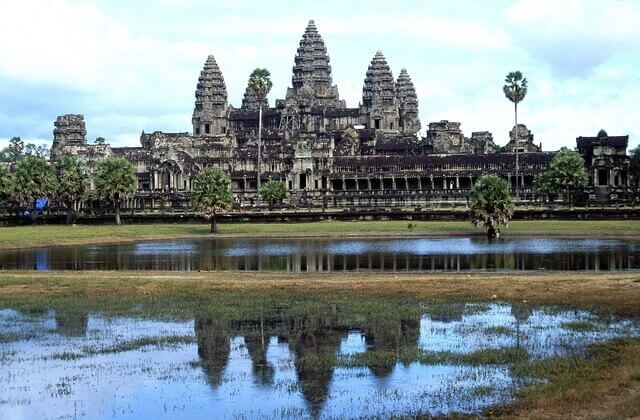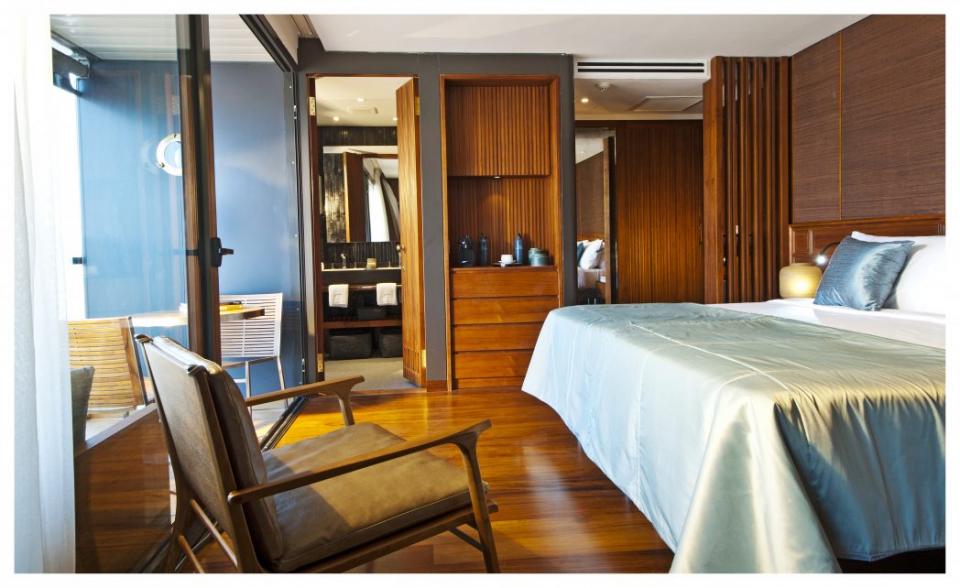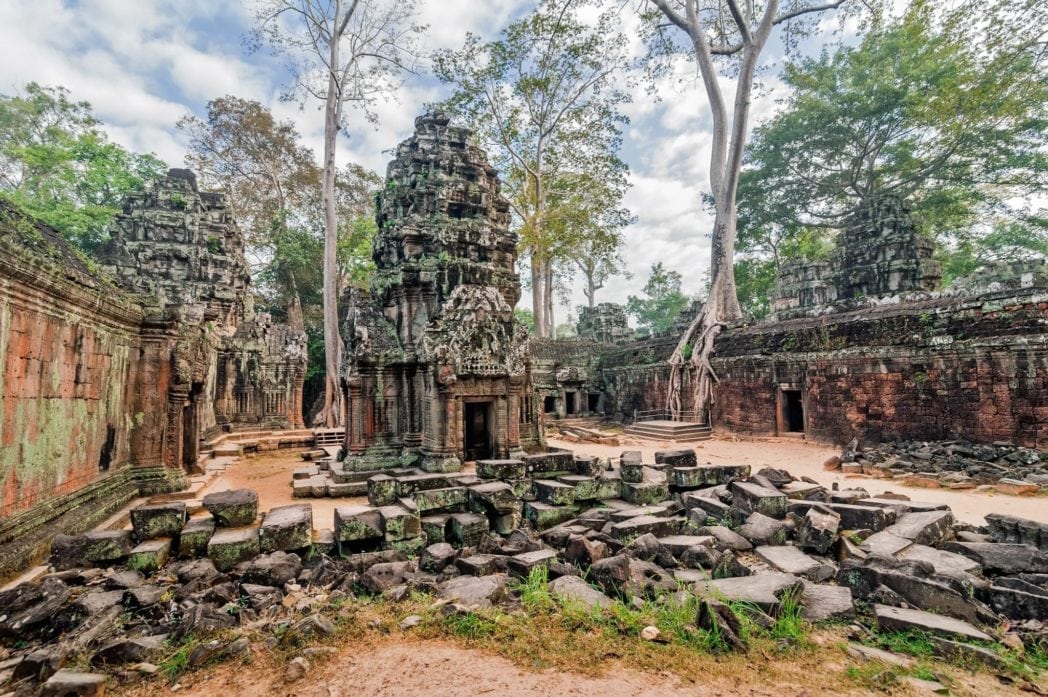
Phnom Penh
Phnom Penh, nestled majestically at the confluence of the two mighty rivers, the Mekong and Tonle Sap, the capital of Cambodia still retains its undeniable charm, with its wide tree-lined boulevard and French colonial buildings.
Looking back to the colonial days, Phnom Penh is just a real oasis of peace which is well worth a visit.
Phnom Penh retains its former charm as a leafy South East Asian capital with a nice riverside promenade and numerous beautiful Cambodian Buddhist wats, palaces, and other artifacts. A large infrastructure catering to tourists makes it easily accessible, and many consider it to be one of the friendliest capitals in Asia.
The beauty that made it a ‘Paris of the East’ before 1970 is hidden beneath the reality of modern day Cambodia, though there are a few French colonial buildings remaining. The Khmer temples and monuments found here are some of the most stunning examples of Buddhist architecture and art, and Phnom Penh has no shortage of these.
The innermost part of the city, known as “riverside” is where most tourists will go, as it hosts cafés and restaurants aplenty. Standard tourist sights are few, which makes the city a place to relax, watch the street life and absorb the local colour. Phnom Penh is a worthwhile destination for those who enjoy an ‘edgy’ experience as well as those interested in authentic South East Asian people and culture.
The Royal Palace: including the two magnificent pagodas in the Palace Grounds, the Silver Pagoda and the Temple of the Emerald Buddha, are among the few public buildings in Phnom Penh really worth seeing. They were built in the 19th century with French technology and Cambodian designs, and have survived the traumas of the 20th century surprisingly well intact.
The National Museum of Cambodia: an excellent collection of art from Cambodia’s “golden age” of Angkor, and a lovely courtyard at the centre. A main attraction is the statue of King Jayavarman VII (1181-1219) in mediation pose; other exhibits worth seeing include graceful statues of Hindu gods, ancient stelae (tablets) inscribed in Sanskrit and Old Khmer, and artefacts from a prehistoric burial site.
Wat Phnom: means “Hill Temple”. The temple itself is notable more for its historic importance than physical structure, but the park is a pleasant green space and a popular gathering place for locals.



